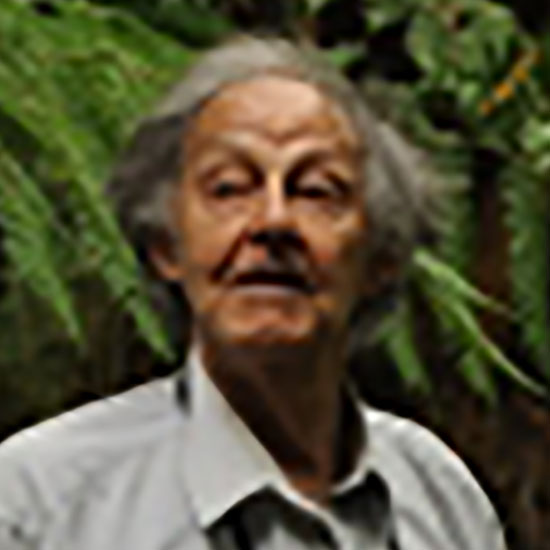Adrian Horridge was distinguished for analysis of coelenterate nervous systems, sliding microtubules in ctenophore cilia, conditioning in headless insects, and pitch discrimination in locusts. He wrote the 1965 book Nervous Systems of Invertebrates with Theodore H. Bullock and works on insect photoreceptor optics and responses, optokinetic memory, and control of crab eye movements.
He investigated exact neural connexions of insect photoreceptors with Ian Meinertzhagen and light guides in insect eyes with Allan Snyder. Adrian also initiated a programme on optic flow in insect vision, pursuing applications in robot and drone vision with Mandyam Srinivasan. Of his 51 PhD students, half became professors. Eight of his group have become Fellows of the Royal Society.
He published What Does the Honeybee See? (2009) and showed that bees detect simple features, not shapes, and distinguish coloured patterns by the arrangement of edges, causing modulation in green and blue receptors combined with monochromatic content of blue. In maritime anthropology, Adrian described the lashed-lug and other traditional construction methods and ceremonies of the sailing and canoe fleets of Indonesia.
Professor Adrian Horridge FRS died on 30 April 2024.
Professional position
- Emeritus Professor of Biology, Australian National University
Subject groups
-
Earth and Environmental Sciences
Physical oceanography
- Health and Human Sciences
-
Engineering and Materials Science
Engineering, structural
-
Multicellular Organisms
Behavioural neuroscience, Cellular neuroscience, Development and control of behaviour
-
Patterns in Populations
Biological modelling, Ethology, Organismal biology (including invertebrate and vertebrate zoology)
-
Other
Other interests

